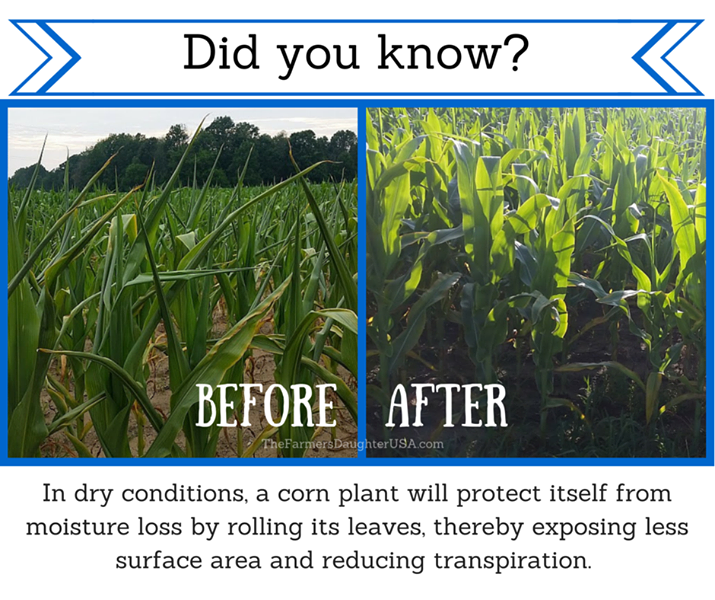Feelin' Hot, Hot, Hot!

It’s been a record breaking year for both temperatures (high) and the amount of rain (low) across Washington State. In my own garden, I’ve been having to water more than I normally do in the Olympia area. I’ve even noticed steam coming off my black pots when I water my plants! Yikes!
 So what does this mean for our gardens and farms?
So what does this mean for our gardens and farms?
Many plants don’t take well to excessive heat any more than you do. Some crops - often called “cool weather crops” - do better in cooler weather altogether. These include crops like peas, lettuce, and crops in the broccoli family. You may have noticed that your lettuce bolted early this year (became bitter and made a tall center stalk with flowers.) Or you may have notice your pea crop was lighter than usual.
Even plants that generally like hot weather - like tomatoes and peppers - can only take so much heat. Unfortunately, they don’t have the ability to get up and move inside to an air conditioned environment to cool off! And when plants become overheated, they have a tendency to stop producing. Tomatoes, for example, will “abort” flower buds if temperatures reach into the high 90’s or more. This means they will drop the flowers without producing fruit - even if pollinated.
Farmers are dealing with these challenges on a much larger scale. Sure, cherries and other crops are available to consumers earlier this year, which is fantastic. But farmers are also dealing with higher costs for inputs like water (if they can even get any!) and the infrastructure and labor to deliver water to their crops. Western Washington typically relies less on supplemental water for their farms than those in Central Washington, which usually have established infrastructure for water delivery. Farmers in dryland areas are in the most difficult situation: not having enough water and having no way to get it to their fields on a large scale even if they could access it.
 While farmers have higher input costs, they also will likely suffer lower yields in their fields. Whether from lack of water or too much heat or both, crops across the board will produce less in these challenging conditions. (Most people are generally not quite as productive in extreme heat, either!)
While farmers have higher input costs, they also will likely suffer lower yields in their fields. Whether from lack of water or too much heat or both, crops across the board will produce less in these challenging conditions. (Most people are generally not quite as productive in extreme heat, either!)
Luckily for you, gardeners often have more options than farmers in these situations. So what can you do to help your plants deal with the heat?
First and foremost, make sure your plants receive sufficient water - and they probably need more than you think. Tomato plants can use up to a gallon of water a day! Just like you, plants need water to keep (relatively) cool. People perspire and plants transpire more when it gets hot.
While drought tolerant plants help in this situation, there are two things to keep in mind: 1) Most food crops (veggies, fruits) are not very drought tolerant and need a relatively large amount of water to produce food. (Did you know scientists are working on developing more drought tolerant food crops?) 2) Drought tolerant trees, shrubs, and plants are only drought tolerant - not drought immune. In a year like this one has been so far, it is almost certain that all of your plants will need some extra lovin’ from the faucet. Be sure to water regularly and deeply, especially for fruits and veggies.
Using mulch is another strategy for helping your plants survive the heat. A thick layer of mulch protects the soil from becoming too hot and helps retain moisture in the soil. About 3 inches of mulch should do the trick.
Another option is to provide your plants with some shade, if possible. If you have a container garden, you can move your plants to a location where they receive morning sun and at least some afternoon shade. Using shade cloth may be another option for those who cannot move their gardens, but if your garden is very large, the cost of the cloth may be higher than actual crop losses.
Both for farmers and gardeners it is a tough year with water and heat. The most important thing is to keep a close eye on your garden. Plants that looked fine in the morning can easily be very wilted by evening on hot days. Luckily, most wilted plants will recover if you water them promptly when you discover them.
Garden on!
